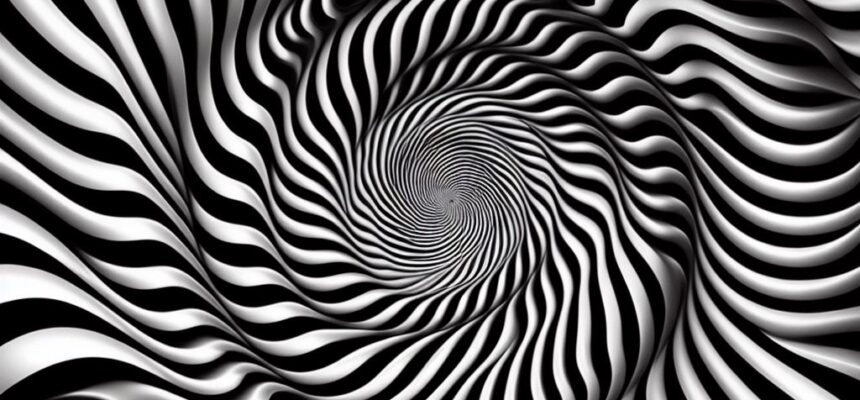Anatomy:
-
- The Vestibulocochlear nerve (also known as the VIII cranial nerve) consists of two divisions:
- Vestibular root: Gives rise to the vestibular nerve.
- Cochlear root: Gives rise to the cochlear nerve.
- These roots originate from the vestibular and cochlear nuclei within the brainstem.
- The fibers from both roots merge to form the vestibulocochlear trunk, which is located in the posterior cranial fossa within the petrous part of the temporal bone.
- Upon reaching the inner ear, the nerve splits again into the vestibular and cochlear parts, supplying target tissues in the inner ear.
- Functionally, it is categorized as special somatic afferent (SSA) due to its role in balance and hearing.
- The Vestibulocochlear nerve (also known as the VIII cranial nerve) consists of two divisions:
Physiology:
-
- Vestibular component:
- Responsible for balance and spatial orientation.
- Receives input from the vestibular apparatus (semicircular canals and otolith organs) in the inner ear.
- Helps maintain equilibrium during head movements.
- Cochlear component:
- Primarily involved in hearing.
- Receives input from the cochlea (organ of hearing) in the inner ear.
- Transmits auditory signals to the brain for interpretation.
- Vestibular component:
Impairment Syndromes:
-
- Vestibular neuritis:
- Inflammation of the vestibular nerve.
- Presents with severe vertigo, nausea, and imbalance.
- Labyrinthitis:
- Inflammation of both the vestibular and cochlear nerves.
- Causes vertigo, hearing loss, and tinnitus.
- Acoustic neuroma (vestibular schwannoma):
- Benign tumor arising from Schwann cells along the vestibular nerve.
- Leads to gradual hearing loss, tinnitus, and imbalance.
- Vestibular neuritis:
Remember, a thorough understanding of the Vestibulocochlear nerve is crucial for diagnosing and managing various clinical conditions related to balance and hearing.
Similar to other neurological syndromes, it is important part of the clinical neurology to be able to distinguish peripheral and central problems.
Let’s compare peripheral and central vestibular syndromes:
1. Peripheral Vestibular Syndrome:
Location: Arises from issues within the vestibular apparatus (labyrinth of the inner ear) or the vestibular nerve.
Common Causes:
-
-
- Neuritis: Inflammation of the vestibular nerve.
- Labyrinthitis: Infection or inflammation of the inner ear.
- BPPV (Benign Paroxysmal Positional Vertigo): Dislodged calcium crystals affecting balance.
- Meniere’s Disease: Excess fluid in the inner ear.
- Bilateral Vestibular Loss: Reduced function in both ears.
- Vestibulopathy after Surgical Procedures (e.g., labyrinthectomy or acoustic neuroma surgery).
-
Symptoms: Dizziness, imbalance, falls, and visual blurring (oscillopsia).
Pathway: Impacts the sensory input from vestibular, visual, and somatosensory systems.
Approximately 90% of vestibular dizziness cases are peripheral.
2. Central Vestibular Syndrome:
Location: Originates in the brainstem, cerebellum, and higher cortical centers.
Common Causes:
-
-
-
- Brainstem Strokes
- Head Trauma
- Migraine-Related Vestibulopathy
- Multiple Sclerosis
- Cerebellar Degeneration
-
-
Symptoms: Dizziness, imbalance, and other neurological signs.
Pathway: Affects integration and processing of sensory input.
Approximately 10% of vestibular dizziness cases are central.
Vestibular Rehabilitation (VR) can help manage symptoms in both cases by promoting central nervous system compensation through exercise-based strategies.
References:
(1)kenhub.com
(2)kenhub.com
(3)geekymedics.com
(4)verywellhealth.com
(5)teachmeanatomy.info
Verified by Dr. Petya Stefanova
